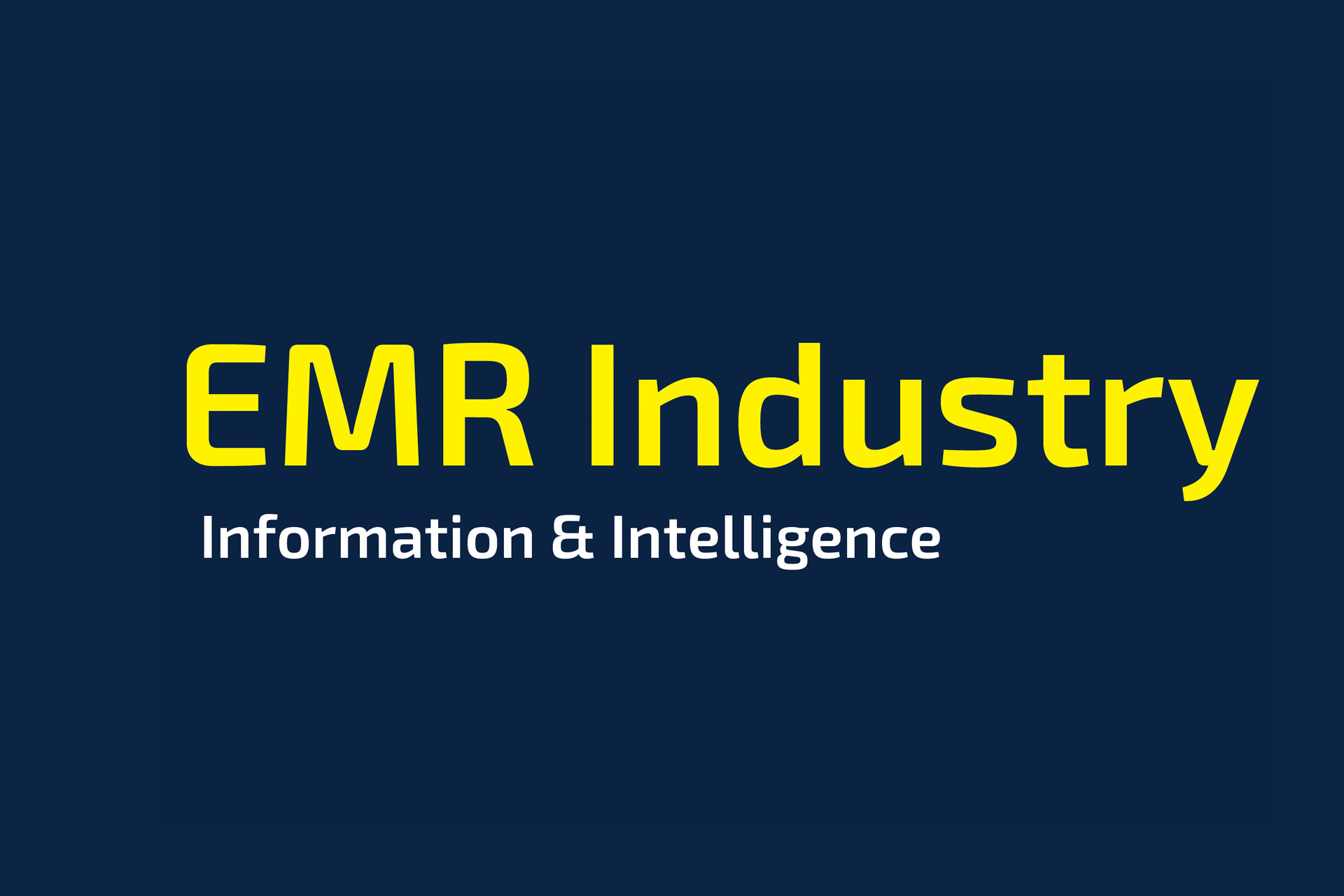How To Gain Insights Into Your Business Functions
Running a successful business can take hard work. It also often requires you to have a strong understanding of both your business and the market. While some leaders can sometimes make great decisions based on intuition alone, this is rarely a sustainable approach. Instead, you should try to gain insight into your business functions to help guide your decisions. The following steps will help.
1. Determine What Your Goals for Your Business Are
First and foremost, you need to determine what you are trying to achieve. Goal setting is one of the most important aspects of running a business (or achieving success in any walk of life). With specific goals in mind, you can work with purpose and direction.
Consider using the SMART model to create your goals. This will be especially valuable for measuring your success, which is key to gaining insights. It will also help you to become more thoughtful about what your strategic objectives are.
2. Map Out Your Business Process and Functions
Next, you will need to map out the processes and functions you want to manage. Doing so will help you to establish the right metrics and effectively measure them. If you can’t describe how your business operates on paper, chances are there is a lot of inconsistency and inefficiency.
For example, consider what the process is for selling a product to a customer. This will look a little different depending on what type of customer you attract. However, you should be able to map your process against the sales funnel.
3. Establish Key Performance Indicators
With your mapped functions in mind, think about what key performance indicators would show how successful you are being at achieving your goals. For example, this may include your conversion rate for your sales process. It may also include the total number of leads coming into your system.
The KPIs that fit your situation will completely depend on your goals and circumstances. However, they should all be quantifiable. Additionally, you want to primarily use metrics that you can capture relatively easily. There is little point in evaluating KPIs that require hours of work just to calculate.
4. Monitor Your Performance
Once you have determined your KPIs, you need to set up systems to monitor your metrics. For your cloud-based processes, you can use some cloud monitoring solutions. For your analog processes, you may use your point-of-sale system or reports from managers.
Ideally, your metrics should be automatically captured. The less work your team has to do to record performance, the more consistent your monitoring will be.
5. Gather Outside Data
Also, remember to collect data from outside sources when relevant. For example, you may gather your business reviews from popular sites. This can help you to gain insights that may not be available from purely internal measurement.
Collecting outside data is often a little more challenging than internal data because you don’t have direct control of the systems. Nonetheless, it is often worth the effort because it can help you to get an outside perspective on your business.
6. Analyze Data and Make Decisions
Finally, you need to analyze the data. It is often most effective to create a scorecard for evaluating data. This will help you have a quick screenshot of your performance. Delving deeper with Excel or a more specialized performance management tool will help you to gain even more insights.
With your analysis ready, it is time to make decisions. You don’t need to solely follow the numbers. In some cases, you may be able to see ahead in a way that data analysis cannot. Nonetheless, having some hard data can help you to make more evidence-based decisions.
Learn More
Discover more about analyzing your business functions today. With the above steps, you can set yourself up to better manage your business and its essential processes. Investing a little time can help you get on the path to success.




















